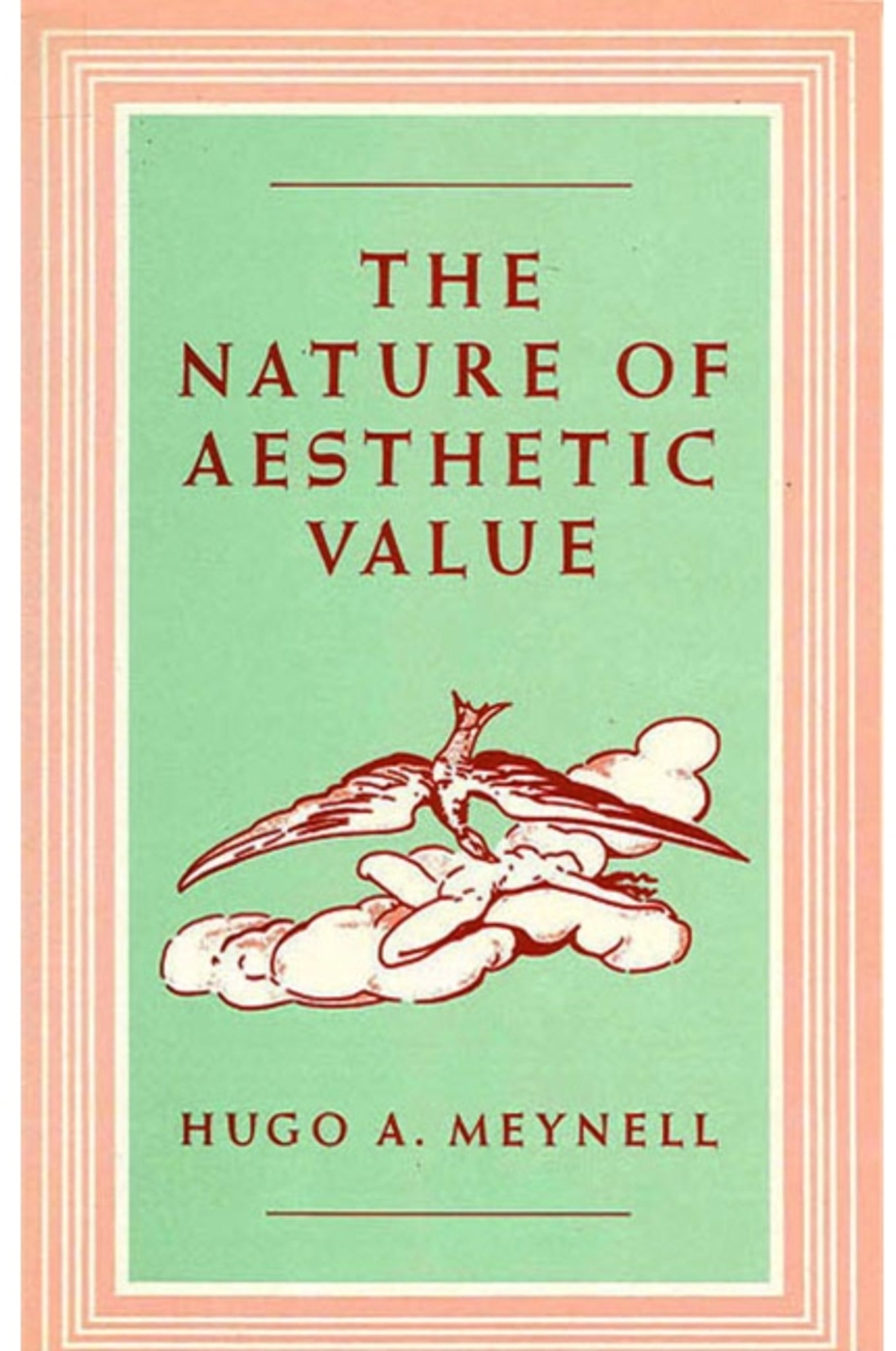We're sorry. An error has occurred
Please cancel or retry.
The Nature of Aesthetic Value

Some error occured while loading the Quick View. Please close the Quick View and try reloading the page.
Couldn't load pickup availability
- Format:
-
01 February 1986

The Nature of Aesthetic Value proposes that aesthetic goodness, the property in virtue of which works of art are valuable, is a matter of their capacity in appropriate circumstances to give satisfaction. It inquires into the nature of this satisfaction, arguing that it consists of the extension and clarification of consciousness. This provides a basis for treatment of the ancient problem of the relation between cultivation of the arts and the pursuit and maintenance of the true and the good. The book summarizes critics' judgments and arguments on literature, the visual arts, and music, testing the author's theory about the nature of aesthetic opinion.


Acknowledgments
Introduction
1. ON THE GROUNDS OF AESTHETIC VALUE
2. AESTHETIC SATISFACTION
3. GOODNESS IN LITERATURE
Illustration and Demonstration of What is of Central Importance for Human Life
Originality in Use of Language, and in Treatment of Plot, Character, etc.
Representation of People, Things and Circumstances
Overall Unity in Variety of Substance and Effect
Seriousness of Theme
Original Treatment of the Medium of Words and Ideas
The Bringing Out of How Things Are or Might Be
Overall Unity of Substance and Effect
4. GOODNESS IN VISUAL ART
Enhancement of Our Perception and Imagination
Emotional Significance
Unity in Variety of Substance and Effect
5. GOODNESS IN MUSIC
Exploitation of the Medium As Such
Clarity and Intensity of Depiction of Emotion and Mood, and Importance of the Emotions or Moods in the Business of Human Living
Unity in Diversity
Conclusion
Notes and References
Index



